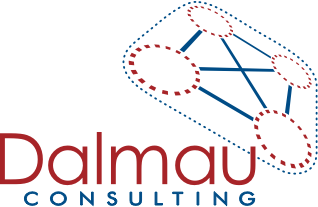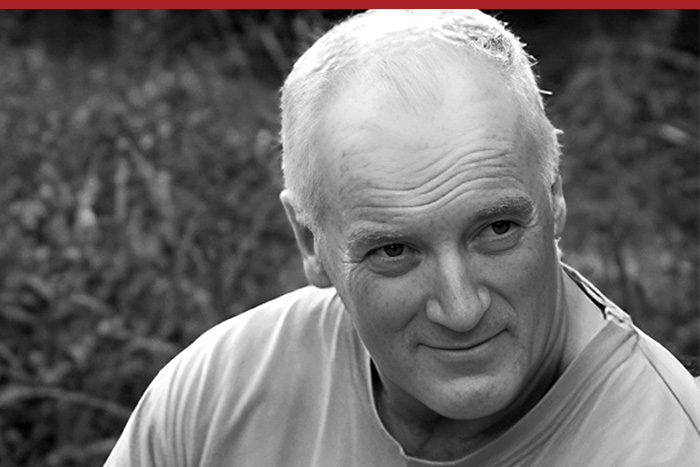Some friends and colleagues we carry with us for very long times. One such person is Tony Williams – we have been friends and occasional colleagues for 52 years. Always the source of ironic fun, good conversation and great respect, Tony has pursed academic and consulting careers and been the author of several books on human and organizational behavior. In 2018 he authored “Our House – Visual and Active Consulting”. A second edition was produced in 2020 by Routledge.
This is a piece of work that every internal change agent or organization development person in a large organization should have on their shelves and should dip into regularly. Blessed by being a resource that does not require one to start at the beginning and work to the end in order to extract value, it is a set of concepts, strategies and processes that can find their place in so many different corporate settings. Best treated as a smorgasbord, it builds on Tony’s vast experience as a consultant and facilitator to many organizations across many economic sectors and sizes.
It lies for its impact and usefulness on the metaphor of a house. Like Michael Grinder has done with his House of Communication, in this case Tony uses the metaphor of the different rooms of a house to segment generic problems and challenges facing organizations. For example, how to refine and grow a business, test its deep foundations, reconfigure or remove processes, systems, habits and structures that no longer add value. How to engender alignment, gain perspective and clarity, and design new ways – all things absolutely critical to any organizational transformation. Each of these and other functions are located to a room in the house.
Then each room is furnished with stories from real life, key concepts and distinctions, and suggested processes that can be used (including set up steps and all stages) to reframe thinking among participants, produce new ways of thinking and generate alignment – really, the work of any effective change agent, internal or external.
Tony draws heavily on his decades of experience in psychodrama to describe many different conversational and action processes – a positive treasure trove for anyone looking at innovative approaches to involving people in how to transform their own organization.
At the core of so many of the book’s suggested processes are elements that require participants to make their deliberations and conversations visual – either by acting out or by using boards, papers, cards, etc … One thing we have learned over the last 40 years is that no change occurs in a group without a visual component – visuals stabilize, allow for volatile and difficult conversations to occur safely, and help groups stay focused. All these things are highly likely outcomes for anyone using the processes that Tony outlines.
Throughout the book, Tony connects these processes and their use to real live situations he has experienced and then uses them to highlight core concepts or dynamics in most settings where humans come together in organizations for shared endeavor. The one exception is his work on the innovation process – the outline of processes related to innovation will be very effective in improving or growing processes and systems throughout any organization but are unlikely to unleash the creativity that is required at so many levels for deep and innovative transformational shifts to occur. The suggestions and perspectives outlined in this Chapter would be well complemented by the work of Shona Erskine with her work on creativity. You can email Shona for access to her vast reservoir of material that complements Tony’s work in this particular field.
I recommend Tony’s Our House heartily, especially for those involved in stimulating organization change and transformation from within – it is a great resource of ideas and know-how.
October 2022






